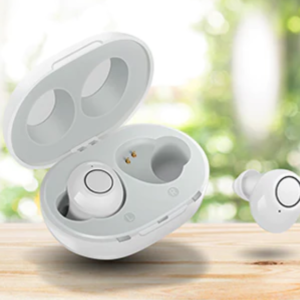The culture of nudity – from when swimwear for children makes sense
In Germany at the Baltic Sea one thinks nothing, when you see a small child or even an elementary school child without clothes on the beach. But what about other countries and customs?
In Italy for example, it is considered unhygienic to swim naked and France even fines women who don’t wear a bikini top. The trendy travel destination Dubai is of course particularly strict and has strict requirements that affect swimwear. But does this also apply to small children?
Protect from prying eyes
Of course, there are no vice police here, because no one – regardless of the country – can feel provoked by a naked child. The only reason girls and boys wear panties is to protect themselves from prying eyes. If you disparage or lewd looks noticed, it’s probably better to dress your child just to protect them. Otherwise, children are of course allowed to play naked on the beach and should only be dressed when walking along the promenade.
So when your child needs a bathing suit is up to their own discretion: Because at the latest with entering pubertyit will want to cover itself, since it now also feels a natural sense of shame.
The UV protection – you have to pay attention to this when buying
However, an important criterion for swimwear is UV protection. Because if your child plays extensively in the water, you can rub it with waterproof sun lotion as much as you like – the UV protection still leaves a lot to be desired, as dermatologists confirm.
A good, UV-resistant clothing, a hat with neck protection or even a long-sleeved shirt make sense, especially in southern countries. Because the sun is particularly aggressive here and should not be enjoyed for too long to avoid skin damage.
Test number of the Hohenstein Institute
The Hohenstein Institute was set up to check the quality of UV-protected swimwear, and they have defined a specific test number. So when you buy it, you should be careful “UV Standard 801” is noted. The Hohenstein Institute examine aspects such as that Stretching of the textile, humidity and aging of the material and only give their check number very high quality UV clothing. There are also other test numbers that advertise a certain standard, such as EN 13758-1, which stands for the European standard. However, this clothing is not certified by the Hohenstein Institute and is less meaningful in terms of quality.





